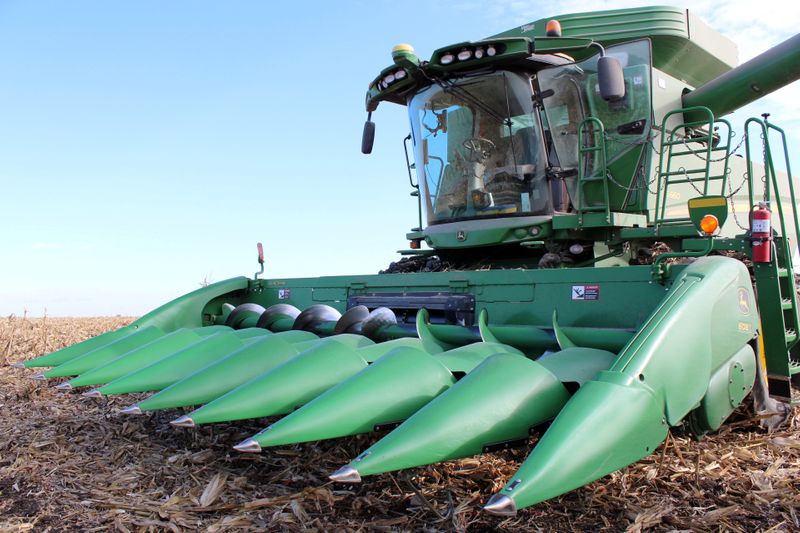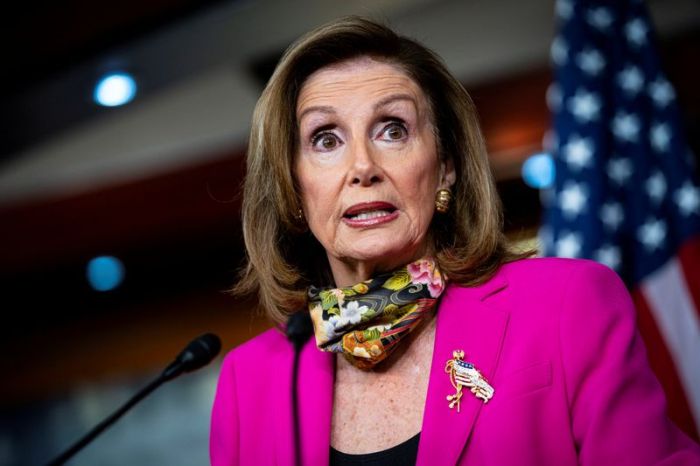CHICAGO (Reuters) – The U.S. Agriculture Department on Friday released details of a second round of COVID-19 aid for farmers, which will pay up to $14 billion to growers of major crops such as corn, soybeans and wheat, as well as livestock, dairy and tobacco.
President Donald Trump announced the assistance on Thursday night at a campaign rally in Wisconsin, a crucial battleground state.
Farmers widely backed Trump in 2016.
The aid follows a $19 billion relief program announced in April to help U.S. farmers cope with disruptions to the food supply chain and plummeting demand from restaurants during the pandemic. Less than $10 billion has been paid out to date.
“We listened to feedback received from farmers, ranchers and agricultural organizations about the impact of the pandemic on our nations’ farms and ranches, and we developed a program to better meet the needs of those impacted,” Agriculture Secretary Sonny Perdue said in a statement.
The administration has been criticized for the $28 billion spent over 2018 and 2019 to compensate farmers for lost sales during a tariff war with China.
“Once again, the Trump administration is funneling too much money to farmers that do not need it and not enough to those that are facing economic ruin,” said Scott Faber, senior vice president of government affairs at the Environmental Working Group. “The only plausible explanation is that this is just old-fashioned vote buying.”
The new aid package will largely be funded by the Commodity Credit Corp, a Depression-era program created to support farm income. Funds from the corporation do not need to be approved by Congress.
The USDA also said that up to $100 million in aid for tobacco farmers will come from the Coronavirus Aid, Relief, and Economic Security Act.
In North Carolina, the top tobacco-producing state, Republican Senator Thom Tillis, in a statement, thanked Trump and Perdue for helping farmers in his state.
Tillis trails his Democratic challenger, former state Senator Cal Cunningham, who has also steadily outraised him in campaign donations.
BILLIONS FOR CORN, SOY
Based on the government’s latest harvest projections, farmers could receive about 23 cents a bushel for corn, or $3.427 billion, and 31 cents a bushel for soybeans, or $1.337 billion, according to a Reuters analysis of figures from the USDA and the American Farm Bureau Federation. The program also allows farmers to apply for aid at $15 per acre for major row crops such as corn, soybeans and wheat.
The USDA said that major row crops were eligible for the program because the national average price for them fell at least 5% between mid-January and late July.
Prices have rallied sharply since then, with a surge in buying from China pushing the soybean futures market <Sv1> to its highest in more than two years. Corn <Cv1> was trading at its highest in more than six months and wheat <Wv1> recently hit a five-month top.
The new plan adds nearly 100 specialty crops like honey, ginger and macadamia nuts. It also eases restrictions on aid for such crops that farmers said limited the benefits of the previous payment program.
Hog farmers will be paid $23 per pig, after receiving about $1.6 billion in the first round, according to the National Pork Producers Council. The industry group said pig farmers still need more aid.
Some 20 meat plants closed in April due to COVID-19 outbreaks among workers, backing up livestock on farms and prompting some producers to euthanize pigs.
“All hog farmers are hurting as a result of the COVID pandemic and additional federal assistance is urgently needed to preserve the livelihoods of thousands of American hog farmers,” the National Pork Producers Council said.
(Reporting by Mark Weinraub, P.J. Huffstutter and Tom Polansek; Editing by Caroline Stauffer and Marguerita Choy)

























